Home>Furniture>Bedroom Furniture>Why Is It Called A Twin Bed
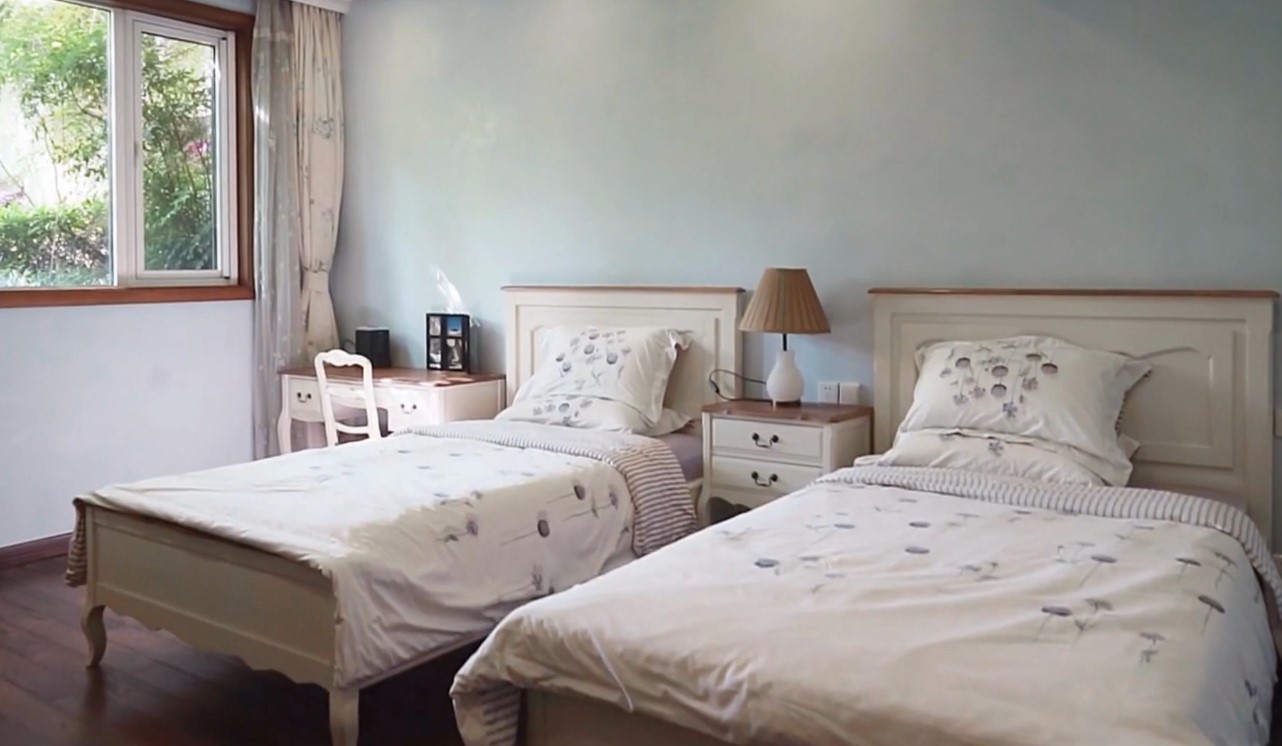

Bedroom Furniture
Why Is It Called A Twin Bed
Modified: November 1, 2024
Discover the origins of the term "twin bed" and its relevance in the world of bedroom furniture, providing insights into the concept and usage.
(Many of the links in this article redirect to a specific reviewed product. Your purchase of these products through affiliate links helps to generate commission for Storables.com, at no extra cost. Learn more)
Introduction
When it comes to bedroom furniture, one of the most common and popular choices is the twin bed. This versatile and efficient option is widely used in hotels, dormitories, children’s rooms, and guest rooms. But have you ever wondered why it is called a twin bed? In this article, we will explore the history, definition, uses, and advantages of twin beds, shedding light on the reasons behind their name and their enduring popularity.
The concept of twin beds has been around for centuries, evolving alongside the evolution of bedding and sleeping arrangements. In ancient civilizations, beds were much simpler and often consisted of nothing more than a pile of straw or leaves. As time went on, beds became more sophisticated, with frames and supports added for comfort and stability.
The term “twin” refers to the fact that these beds are designed to be used as a pair, often in shared spaces. Initially, twin beds were primarily used in children’s rooms, allowing siblings to have their own individual sleeping spaces. Over time, the concept expanded to include other settings where space or shared accommodations were a consideration.
Today, twin beds are recognized as a standard bed size, measuring 38 inches wide and 75 inches long. They are smaller than full or queen beds but larger than cribs or toddler beds, making them an ideal choice for single sleepers or those who have limited space.
So why choose a twin bed? The reasons vary depending on the individual’s needs and priorities. Some people prefer the cozy and compact size of a twin bed, while others value its versatility and ability to fit in small rooms or apartments. Additionally, twin beds are often more affordable compared to larger bed sizes, making them a budget-friendly option.
Whether you are looking to furnish a guest room, create a comfortable space for your child, or simply add a touch of style to your bedroom, the twin bed is a fantastic choice. Its compact size, affordability, and adaptability make it a practical and stylish addition to any space.
In the next sections, we will delve deeper into the history, definition, uses, and advantages of twin beds, providing you with a comprehensive understanding of this popular piece of bedroom furniture.
Key Takeaways:
- Twin beds have a rich history, evolving from shared sleeping spaces in ancient civilizations to versatile and practical options for children’s rooms, guest rooms, and more, offering individual sleeping spaces and budget-friendly solutions.
- While twin beds offer space-saving benefits and versatility, they may not be ideal for couples or taller individuals due to their limited sleeping space and narrower width, making larger bed sizes a more suitable choice for those with specific comfort needs.
Read more: What Size Is A Twin Bed Frame
History of Twin Beds
The history of twin beds can be traced back to ancient civilizations where bedding and sleeping arrangements became more structured. In those times, beds were often made of simple materials such as straw or leaves, without any specific size or design.
As societies developed, beds started to take on more sophisticated forms. During the Renaissance period, for example, beds became grander and more ornate, featuring intricate carvings and lavish upholstery. However, it wasn’t until the 19th century that the concept of twin beds as we know them today began to emerge.
The idea of twin beds became popular among the wealthy elite during the Victorian era. This was a time when separate bedrooms for married couples were common, and twin beds allowed each person to have their own sleeping space while still being in the same room.
However, it was not just married couples who embraced twin beds; siblings also benefited from this arrangement. With the rise of industrialization and urbanization, families often found themselves living in smaller homes or apartments, making it necessary for siblings to share a room. Twin beds provided each child with their own personal sleeping area, promoting a sense of individuality and privacy.
During the early 20th century, twin beds gained further popularity in institutions such as hotels, dormitories, and boarding schools. These settings often required shared accommodations, and twin beds offered a practical solution for maximizing space while providing each individual with their own bed.
In more recent years, twin beds have become a staple in children’s bedrooms and guest rooms. They are favored by parents for their versatility, as they can be easily rearranged or moved to accommodate changing needs. For guests, twin beds provide a comfortable and private sleeping space without taking up excessive room.
Today, twin beds are available in a wide range of styles, materials, and designs. They have evolved from simple wooden frames to include features such as storage drawers, built-in headboards, and even trundle beds for additional sleeping options.
Overall, the history of twin beds reflects a growing need for individual sleeping spaces in shared environments. Whether used by couples, siblings, or guests, twin beds have proven to be a practical and adaptable choice throughout the ages.
Definition of Twin Beds
Twin beds are a specific size of bed that is designed for single sleepers. They are typically narrower and shorter than larger bed sizes such as full or queen beds but larger than cribs or toddler beds.
The standard dimensions of a twin bed are 38 inches in width and 75 inches in length. This size provides enough space for an individual to stretch out comfortably while still fitting in smaller rooms or shared spaces.
Twin beds are often referred to as “single beds” in some regions, emphasizing their purpose as a bed for one person. The name “twin bed” stems from its original use in shared spaces where two beds of the same size were placed side by side, creating a symmetrical and balanced arrangement.
These beds can be found in a variety of styles, materials, and designs, ranging from simple and functional to elaborate and decorative. They can be made of wood, metal, or upholstered frames, and come in various colors and finishes to suit different aesthetics.
One of the distinguishing features of twin beds is their versatility. They can be used in a variety of settings, including children’s rooms, guest rooms, dormitories, hotels, and even in some master bedrooms for individuals who prefer a cozier sleeping space.
Twin beds are widely available in furniture stores, both in physical locations and online. They are often sold as standalone items or as part of bedroom sets, which may include matching nightstands, dressers, or other complementary pieces of furniture.
It’s important to note that there are variations of twin beds on the market. These include extra-long twin beds, measuring 38 inches in width but 80 inches in length, providing extra legroom for taller individuals. There are also twin XL bunk beds, which are popular in dormitories and shared sleeping quarters.
In summary, twin beds are a specific bed size designed for single sleepers. They offer a compact and comfortable sleeping option for individuals of all ages and are widely used in various settings due to their versatility and affordability.
Difference between Twin Beds and Other Bed Sizes
When it comes to bed sizes, twin beds have their own unique dimensions and characteristics that set them apart from other sizes such as full, queen, and king beds. Understanding the differences can help you make an informed decision when choosing the right bed for your needs. Let’s explore the distinctions between twin beds and other bed sizes:
1. Twin Bed: Twin beds are the smallest of the standard bed sizes, measuring 38 inches in width and 75 inches in length. They are designed for single sleepers and are commonly found in children’s rooms, guest rooms, and dormitories. Twin beds are ideal for individuals who have limited space or who prefer a more compact sleeping space.
2. Full Bed: Full beds, also known as double beds, are the next size up from twin beds. They measure 54 inches in width and 75 inches in length. Full beds provide more sleeping space compared to twin beds, making them suitable for single sleepers who prefer additional room or for couples who don’t require as much space as a queen or king bed.
3. Queen Bed: Queen beds are one of the most popular bed sizes, offering more space than a full bed. They measure 60 inches in width and 80 inches in length. Queen beds are often favored by couples who want more room to stretch out during sleep. They also provide individuals with ample space for a comfortable night’s rest.
4. King Bed: King beds are the largest standard bed size and are designed for couples or individuals who desire a generous amount of sleeping space. They come in two variations: standard king (Eastern king) and California king. Standard king beds measure 76 inches in width and 80 inches in length, while California king beds are narrower but longer, measuring 72 inches in width and 84 inches in length.
When comparing twin beds to other bed sizes, it’s clear that twin beds are more compact and narrower, making them suitable for smaller spaces or individual sleepers. They are often chosen for children’s rooms or guest rooms where space is limited. Full beds offer a bit more sleeping space, while queen and king beds provide even more room for couples or individuals who value ample space during sleep.
It’s important to consider the size of your room, your personal sleeping preferences, and the needs of any potential sleep partners when choosing between different bed sizes. Understanding the differences between twin beds and other sizes ensures that you select the right bed to suit your comfort and space requirements.
Common Uses for Twin Beds
Twin beds are versatile and widely used in various settings due to their practicality and compact size. Let’s explore some of the common uses for twin beds:
- Children’s Rooms: Twin beds are a popular choice for children’s bedrooms. They provide a comfortable and cozy sleeping space for kids, allowing them to have their own individual beds. Twin beds are ideal for siblings who share a room, as they promote a sense of personal space and privacy.
- Guest Rooms: Twin beds are often found in guest rooms, particularly in homes where space is limited. Having twin beds in a guest room allows for flexibility in accommodating guests. They provide a comfortable and private sleeping space for visitors, whether they are single travelers or couples who prefer separate beds.
- Dormitories and Student Housing: Twin beds are commonly used in dormitories and student housing facilities. They allow multiple students to share a room while still having their own bed. Twin beds make efficient use of the limited space in these settings and provide students with a comfortable place to sleep and study.
- Hotels and Motels: Twin beds are often found in hotels and motels, especially in rooms designed for solo travelers or budget-conscious individuals. They offer a comfortable and affordable option for single occupancy. Twin beds in hotel rooms can also be combined to create a larger bed by pushing them together, giving guests the flexibility to choose their sleeping arrangement.
- Vacation Rentals and Airbnbs: Twin beds are commonly found in vacation rental properties and Airbnb accommodations. Similar to hotels, they offer flexibility for different group sizes and preferences. Twin beds can be configured to accommodate solo travelers, friends, or family members, providing comfortable sleeping arrangements for a wide range of guests.
These are just a few examples of the common uses for twin beds, but their versatility extends to many other settings. Twin beds can be utilized in small apartments, studio spaces, hospitals, and even in some master bedrooms for individuals who prefer a cosier sleeping space.
Overall, twin beds are a popular choice due to their practicality, affordability, and ability to fit into various spaces. Whether it’s for children, guests, students, or travelers, twin beds offer comfortable and versatile sleeping options for individuals in a wide range of situations.
The term “twin bed” comes from the fact that it is designed for a single person, making it ideal for a single adult or child. The name reflects its size and intended use.
Read more: How Big Is A Twin Size Bed
Popular Twin Bed Variations
Twin beds come in a variety of styles and designs to suit different preferences and needs. Here are some popular twin bed variations that you may come across:
- Standard Twin Bed: The standard twin bed is the most common variation. It features a simple design with a 38-inch width and 75-inch length. This classic style is versatile and can be easily incorporated into any bedroom decor.
- Storage Twin Bed: Storage twin beds are designed with built-in storage compartments underneath the mattress. These can include drawers, shelves, or a combination of both. Storage twin beds are perfect for maximizing space in smaller rooms, allowing you to keep belongings neatly organized and easily accessible.
- Trundle Twin Bed: A trundle twin bed is a space-saving option that includes a second bed stored beneath the main bedframe. The trundle bed is typically on wheels, allowing it to be pulled out and used as an additional sleeping space. Trundle twin beds are popular choices for guest rooms or children’s rooms where additional sleeping arrangements may be needed.
- Daybed: A daybed is a multi-functional piece of furniture that serves as both a seating area and a bed. It is often designed with a backrest and side arms, resembling a couch during the day. Daybeds typically use twin-size mattresses, making them an excellent choice for lounging or accommodating overnight guests.
- Bunk Bed: Bunk beds are a great option for maximizing vertical space in small rooms or shared accommodations. Twin bunk beds consist of two twin-sized beds stacked on top of each other, with a ladder or staircase providing access to the upper bed. These beds are commonly used in children’s rooms or dormitories.
- Platform Twin Bed: A platform twin bed features a low-profile design with a solid or slatted base that eliminates the need for a box spring. This type of bed offers a contemporary look and can be a great option if you prefer a minimalist style or a lower bed height.
- Sleigh Twin Bed: Sleigh twin beds are known for their elegant and curved headboards and footboards. They add a touch of sophistication and charm to any bedroom decor. Sleigh twin beds are often made of wood and are available in various finishes, giving you plenty of options to match your desired aesthetic.
These are just a few examples of the popular twin bed variations available in the market. Each variation offers its own unique features and benefits, allowing you to choose a style that best suits your taste, functional needs, and space constraints.
When selecting a twin bed variation, consider factors such as the intended use, available space, storage requirements, and overall design aesthetic. With the wide array of options available, you can find the perfect twin bed that combines style, functionality, and comfort.
Advantages of Twin Beds
Twin beds offer several advantages that make them a popular choice for various living situations and bedroom designs. Here are some key advantages of twin beds:
- Space-Saving: Twin beds are ideal for rooms with limited space. Their smaller size allows for easy placement in smaller bedrooms, shared spaces, or apartments where maximizing space is essential. Twin beds are especially popular in children’s rooms, dormitories, and guest rooms where multiple beds may be needed.
- Budget-Friendly: Twin beds are often more affordable compared to larger bed sizes such as full, queen, or king beds. This makes them an attractive option for those on a budget or seeking to furnish a space without breaking the bank. Twin beds provide a comfortable and functional sleeping solution at a fraction of the cost of larger bed sizes.
- Versatility: Twin beds are versatile and can be used in a variety of settings. They are suitable for children’s rooms, guest rooms, hotels, hostels, vacation rentals, and even master bedrooms for individuals who prefer a cozier sleeping space. Twin beds lend themselves well to different design styles and can be easily incorporated into various bedroom aesthetics.
- Individual Sleeping Spaces: Twin beds are designed for single sleepers, providing each person with their own individual sleeping space. This is especially beneficial in rooms shared by siblings, as it promotes a sense of personal space and privacy. Twin beds are also a popular choice for guest rooms, allowing visitors to have their own bed without needing to share with others.
- Easy to Move and Rearrange: Due to their smaller size and weight, twin beds are easier to move and rearrange compared to larger bed sizes. This can be advantageous when redecorating a room, cleaning, or simply wanting to change the layout of a space. The maneuverability of twin beds makes them a practical choice for those who value flexibility.
- Widely Available: Twin beds are widely available in furniture stores, both in physical locations and online. They come in a range of styles, materials, and designs to suit different tastes and preferences. Whether you’re looking for a simple and functional twin bed or one with additional features such as storage drawers or a trundle bed, you are likely to find many options to choose from.
Overall, twin beds offer numerous advantages, including space efficiency, affordability, versatility, individual sleeping spaces, easy maneuverability, and wide availability. Whether you need a practical solution for a small room or a comfortable sleeping option for guests, twin beds provide a reliable and functional choice.
Disadvantages of Twin Beds
While twin beds have many advantages, it is important to also consider their potential disadvantages. Here are some drawbacks that should be taken into account:
- Limited Sleeping Space: The compact size of twin beds can be a disadvantage for those who prefer more sleeping space. If you are a person who tends to move around during sleep or prefers a larger bed to stretch out, a twin bed may not provide the desired level of comfort.
- Inadequate for Couples: Twin beds are designed for single sleepers and may not be suitable for couples who prefer to share a bed. The narrower width of a twin bed can limit the amount of space each person has, which may result in an uncomfortable sleeping experience for couples.
- Not Ideal for Taller Individuals: Twin beds may present a challenge for taller individuals, especially if they choose a standard twin bed rather than an extra-long twin bed. The shorter length of a standard twin bed (75 inches) may not provide enough legroom for a comfortable sleep, requiring taller individuals to consider alternative bed sizes.
- Limited Storage Space: In comparison to larger bed sizes, twin beds usually have less built-in storage space. If you require ample storage for bedding, clothing, or personal items, a twin bed with storage may not offer the same capacity as larger bed options like queen or king beds. Consider additional storage solutions to accommodate your needs.
- May Not Accommodate Overnight Guests: While twin beds can work well for hosting overnight guests, they may not be as suitable as larger bed sizes. If you frequently have guests or family members staying for extended periods, they may find twin beds less comfortable compared to larger options like queen or king beds. In this case, a guest room with a larger bed size could be more accommodating.
- Design Limitations: While twin beds come in various styles and designs, the smaller size may limit the options available compared to larger bed sizes. If you have a specific design aesthetic or are looking for intricate details, finding the perfect twin bed may require more extensive searching or customization.
It’s important to weigh these disadvantages against your specific needs, sleeping preferences, and the intended use of the bed. For those who value space and comfort, larger bed sizes might be a more suitable choice. However, if your priority is maximizing space or accommodating single sleepers, twin beds can still provide a practical and functional solution.
Ultimately, the decision to choose a twin bed or another bed size depends on personal preferences, room size constraints, and individual requirements for a comfortable sleeping space.
Conclusion
Twin beds have a long and storied history, evolving from simple sleeping arrangements to become versatile and practical pieces of bedroom furniture. As we have explored, twin beds offer a range of advantages, making them a popular choice in various settings.
From children’s rooms to guest rooms, dormitories to hotels, twin beds provide a compact and space-saving solution. They offer individual sleeping spaces, promoting privacy and personalization. Twin beds are also budget-friendly, making them an affordable option for those looking to furnish their bedrooms without breaking the bank.
Although twin beds have their advantages, it is essential to consider the potential disadvantages. The limited sleeping space and narrower width may not be suitable for couples or taller individuals. Twin beds may also have less built-in storage compared to larger bed sizes, and they may not accommodate overnight guests with the same comfort.
Ultimately, the choice of a twin bed or another bed size depends on your personal preferences, the available space in your room, and your specific needs. If you prioritize space efficiency, affordability, and a snug sleeping space, twin beds are an excellent choice. However, if you require more sleeping space or anticipate hosting overnight guests frequently, larger bed sizes such as full, queen, or king beds may be more suitable.
Regardless of your decision, twin beds continue to be a popular and versatile option in the world of bedroom furniture. With their wide availability and range of styles, they offer a practical and comfortable sleeping solution for individuals of all ages.
So, whether you’re setting up a child’s room, enhancing a guest room, or looking for a cozy sleeping space, don’t forget to consider the benefits and uses of twin beds. Their compact size, versatility, and affordability make them a valuable addition to any bedroom decor.
In conclusion, twin beds have rightfully earned their place as a popular and functional choice in the realm of bedroom furniture, providing comfort and convenience for single sleepers in a range of settings.
Frequently Asked Questions about Why Is It Called A Twin Bed
Was this page helpful?
At Storables.com, we guarantee accurate and reliable information. Our content, validated by Expert Board Contributors, is crafted following stringent Editorial Policies. We're committed to providing you with well-researched, expert-backed insights for all your informational needs.
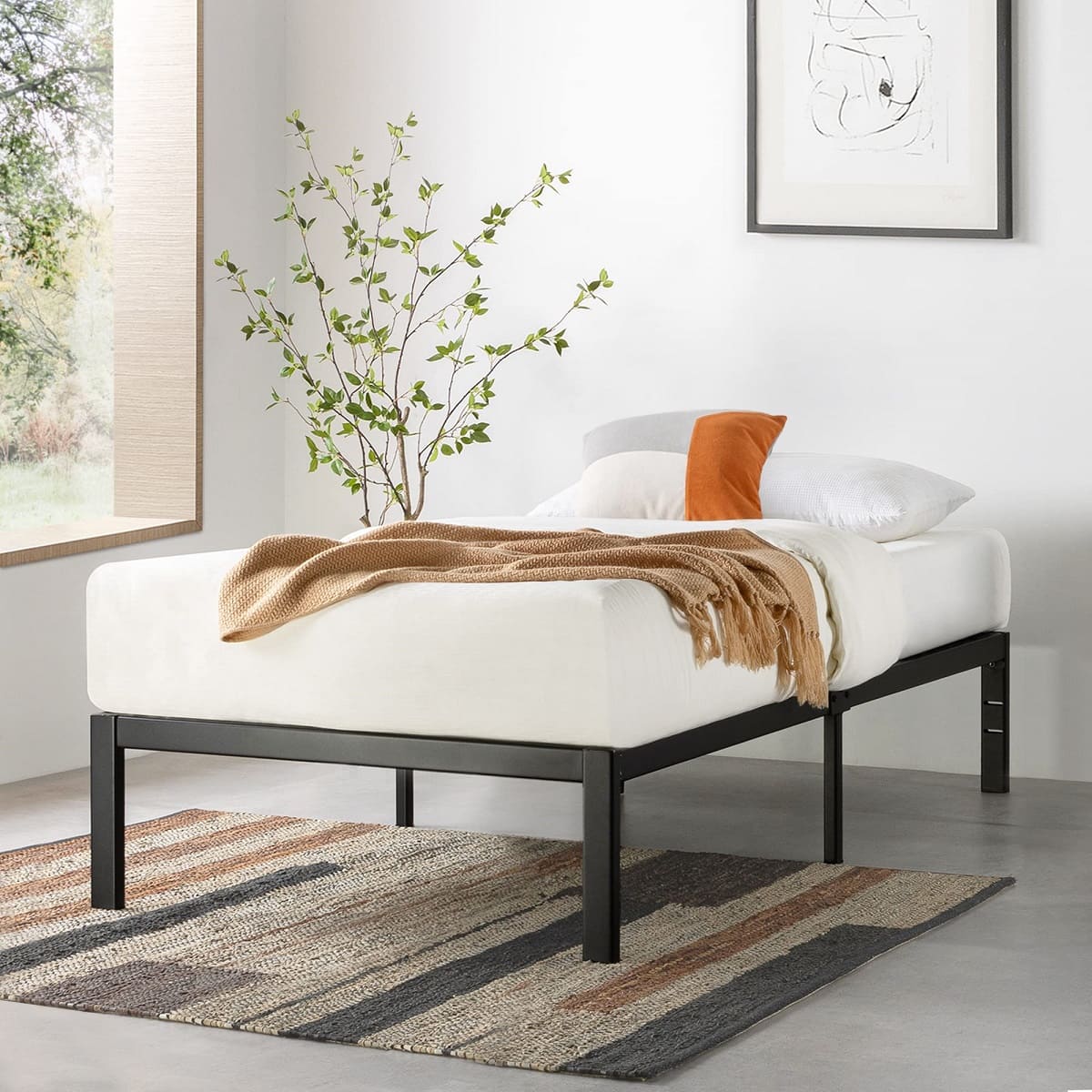

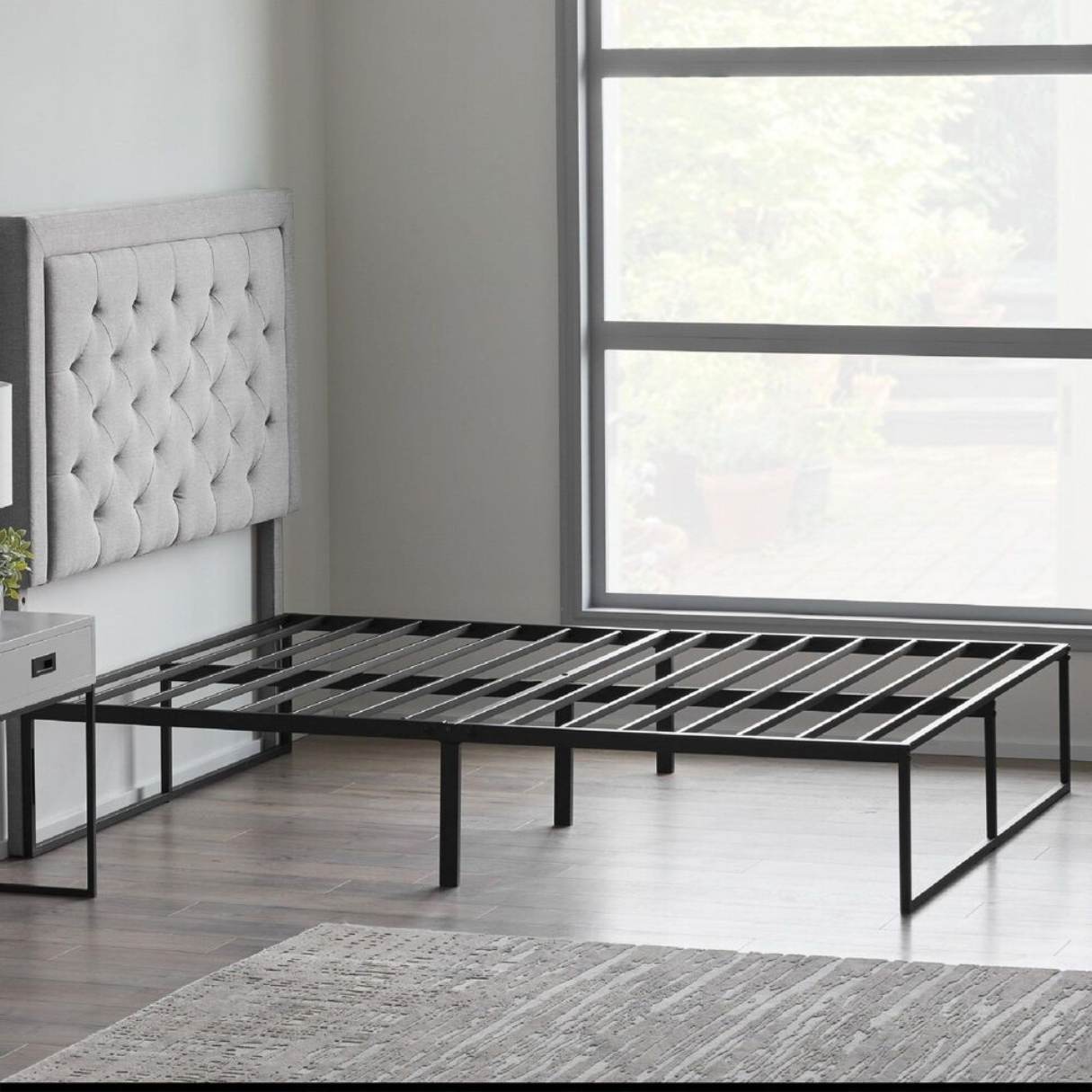
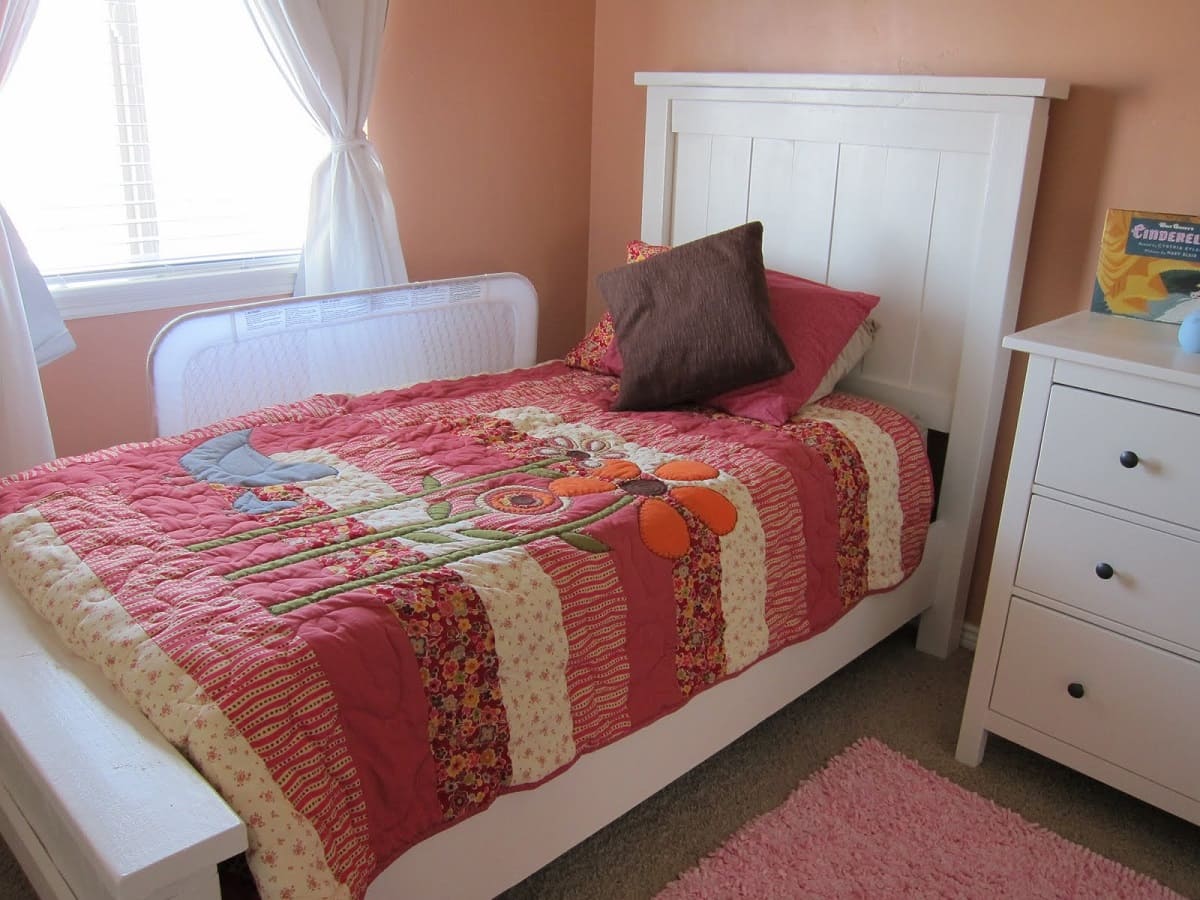

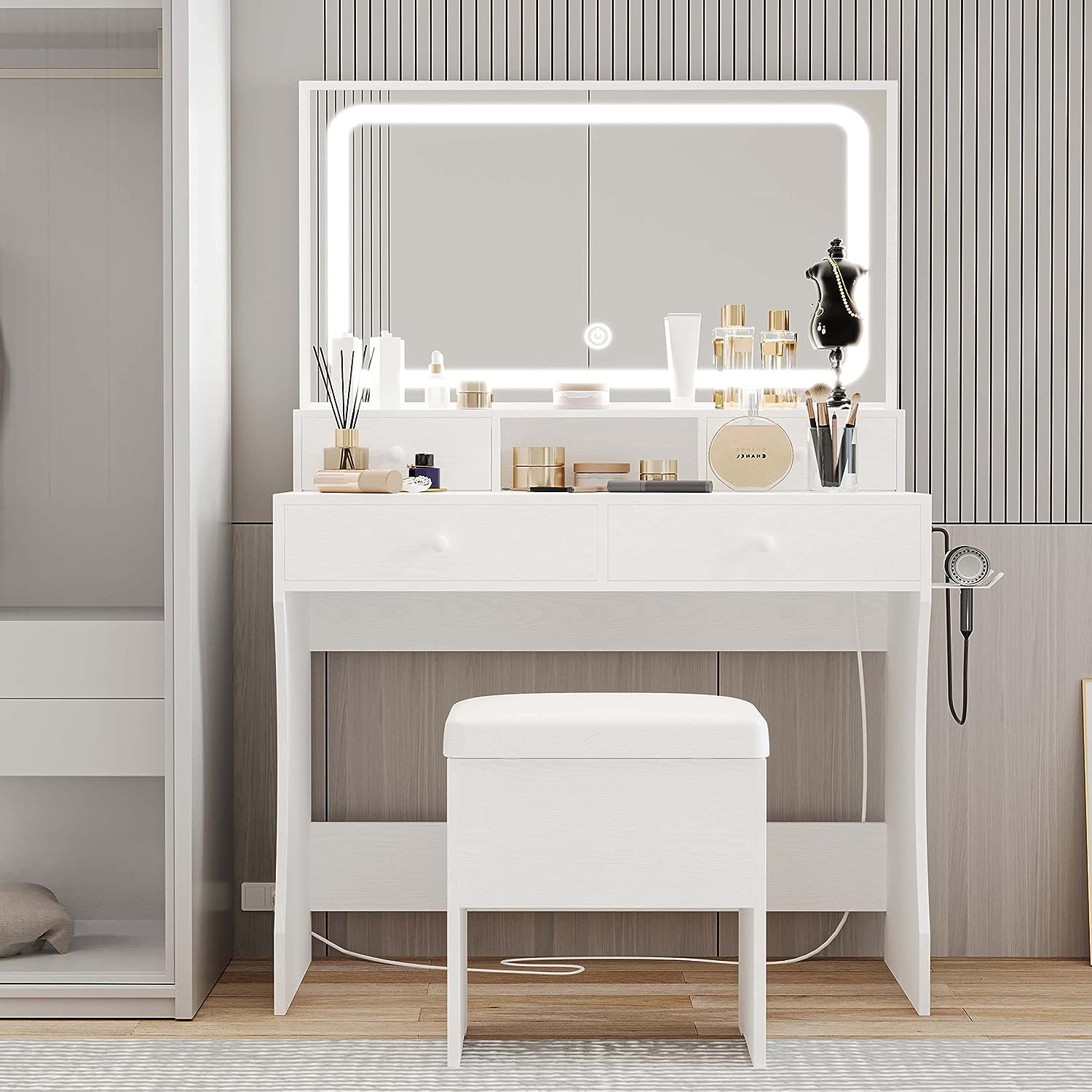


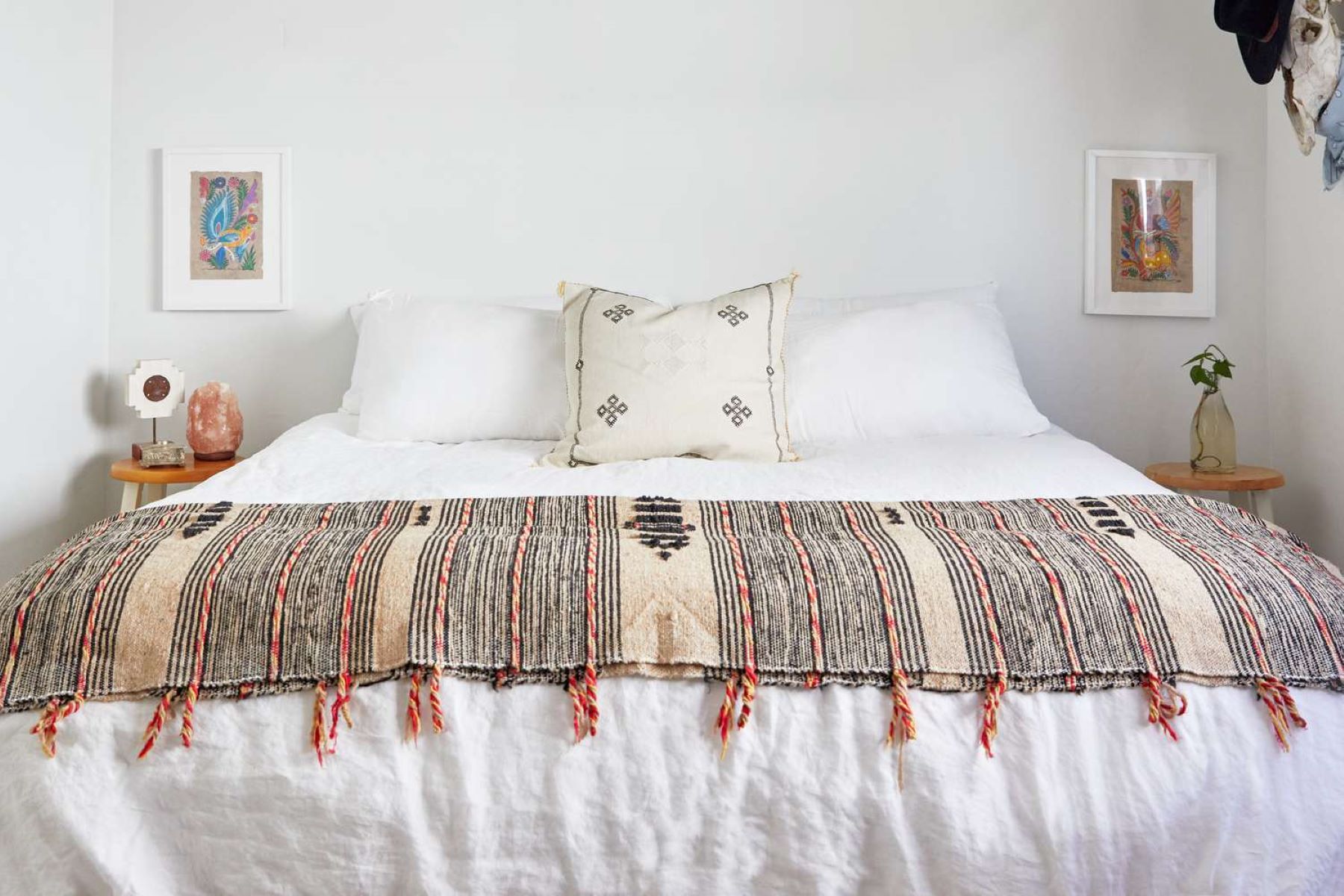

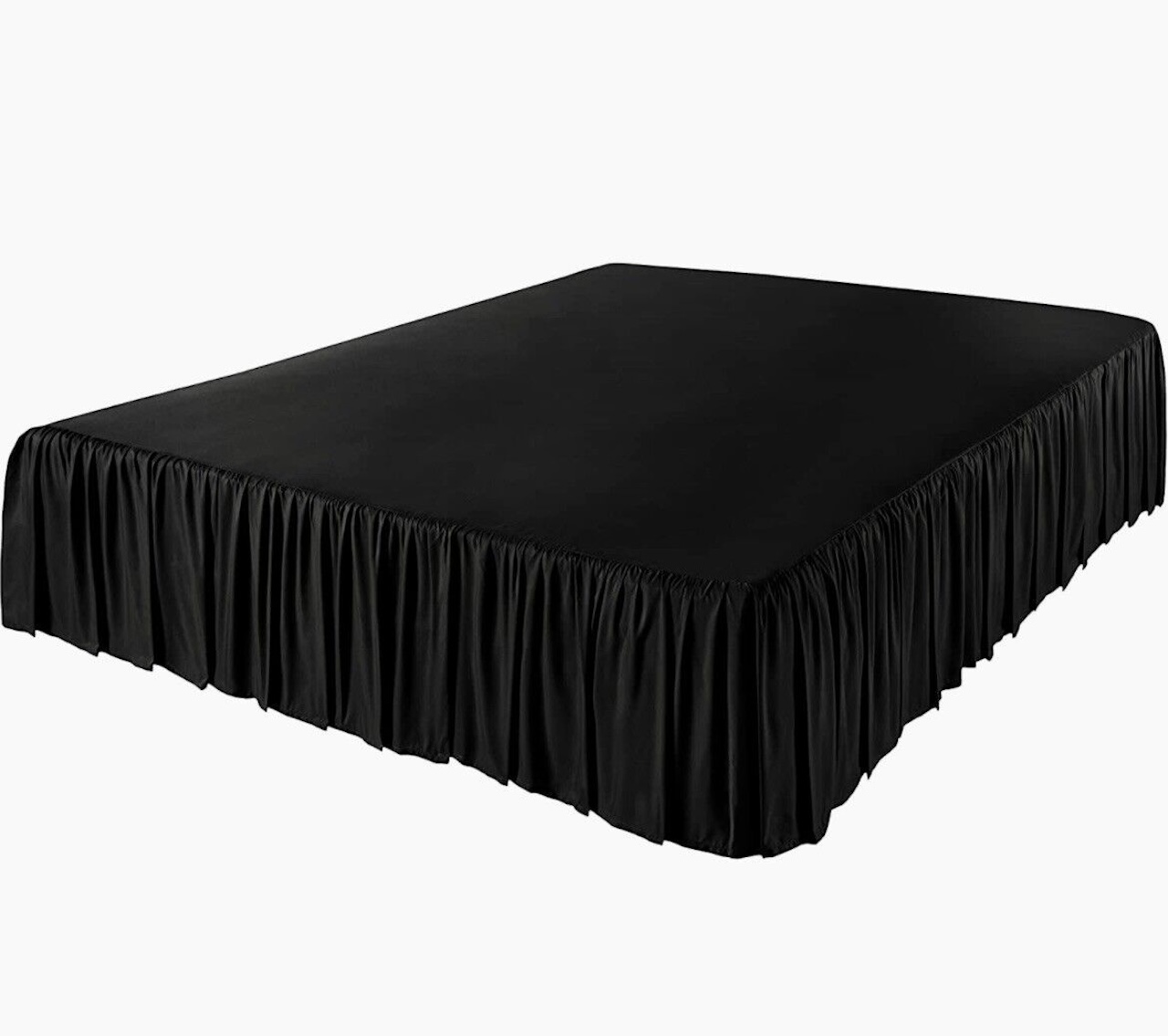
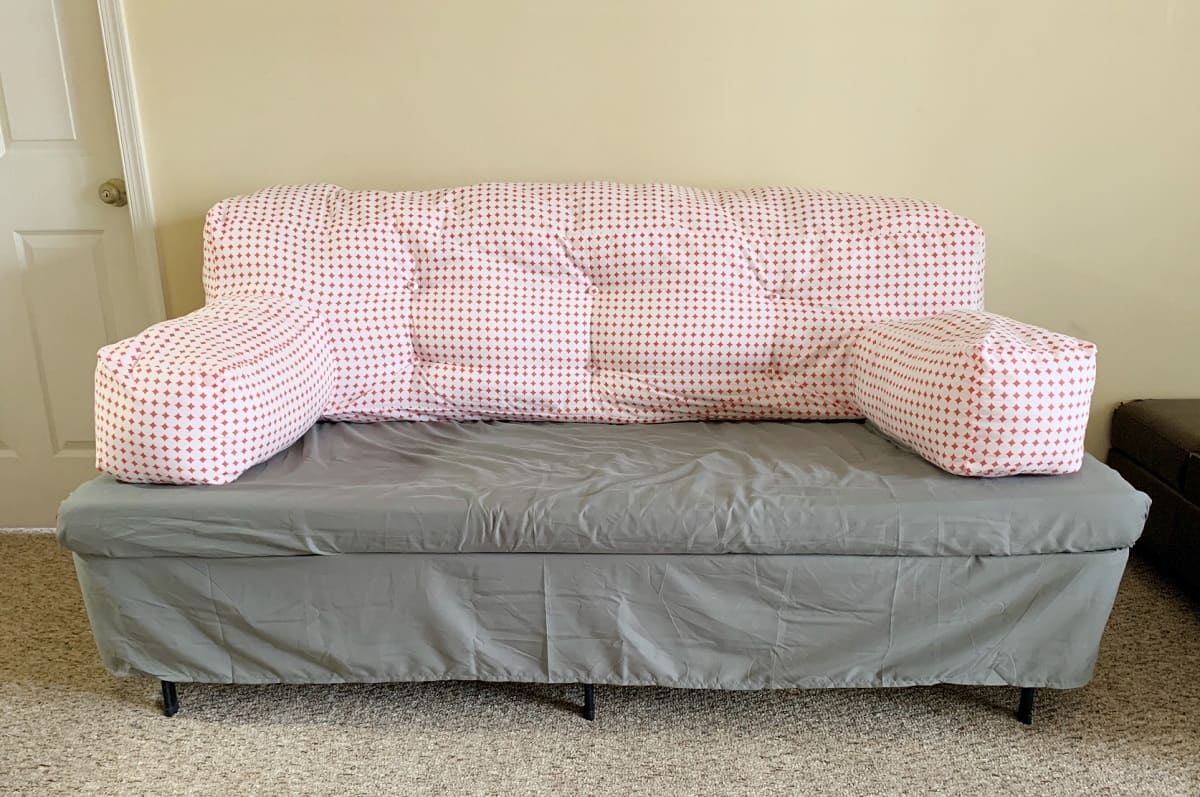
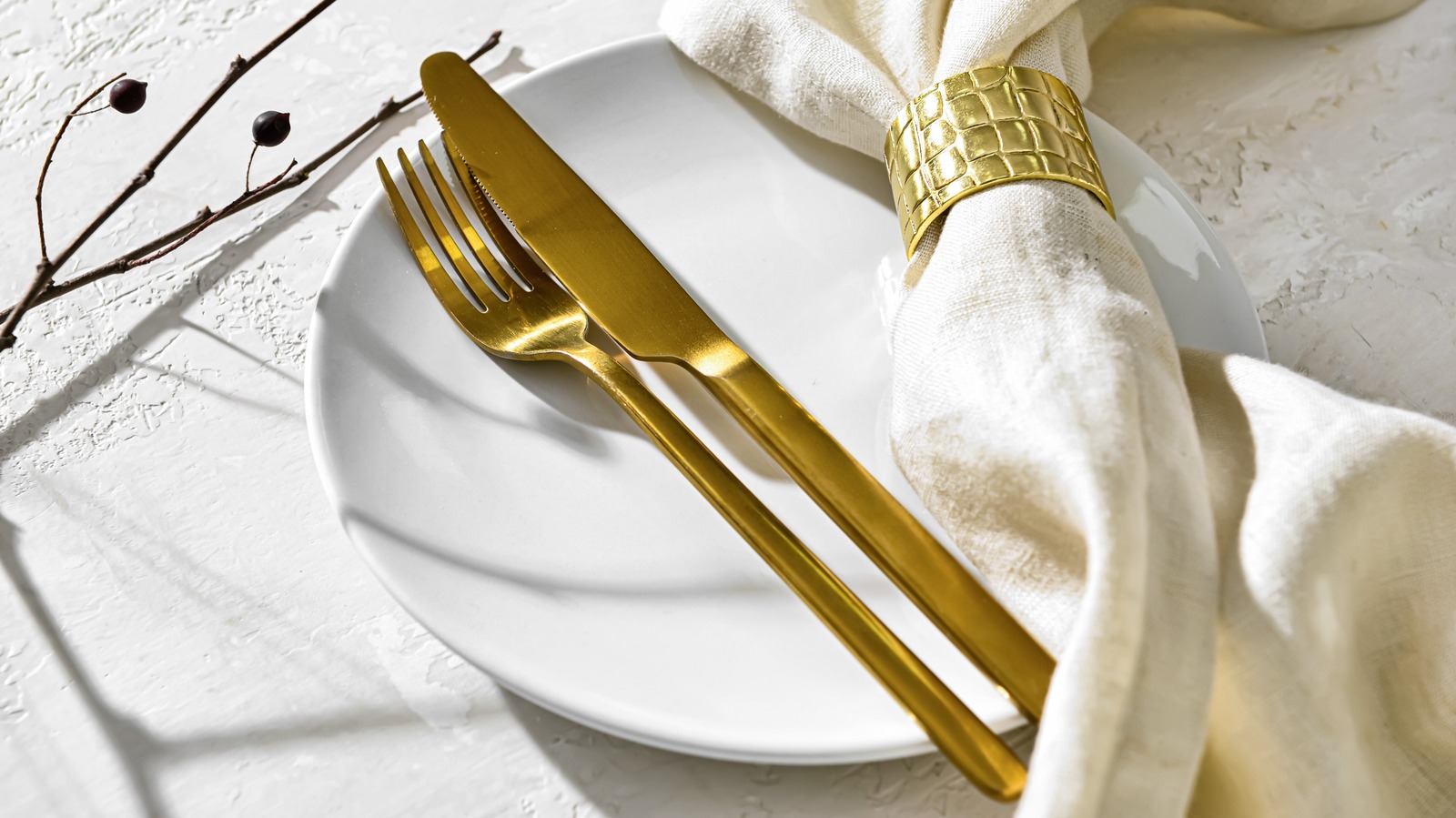
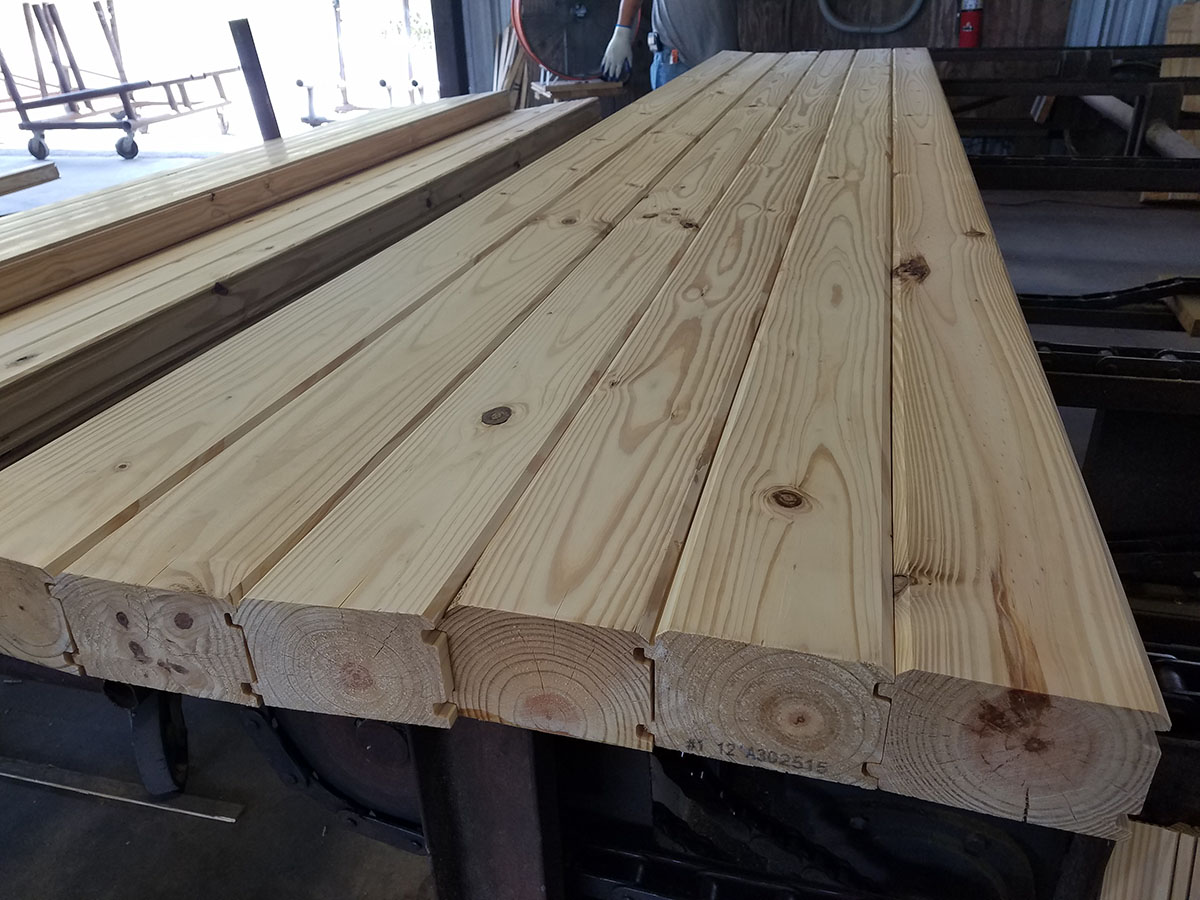

0 thoughts on “Why Is It Called A Twin Bed”